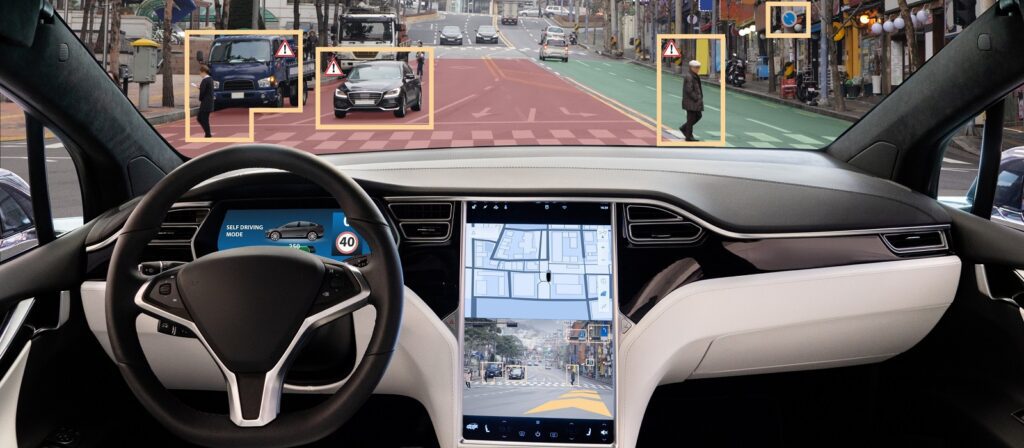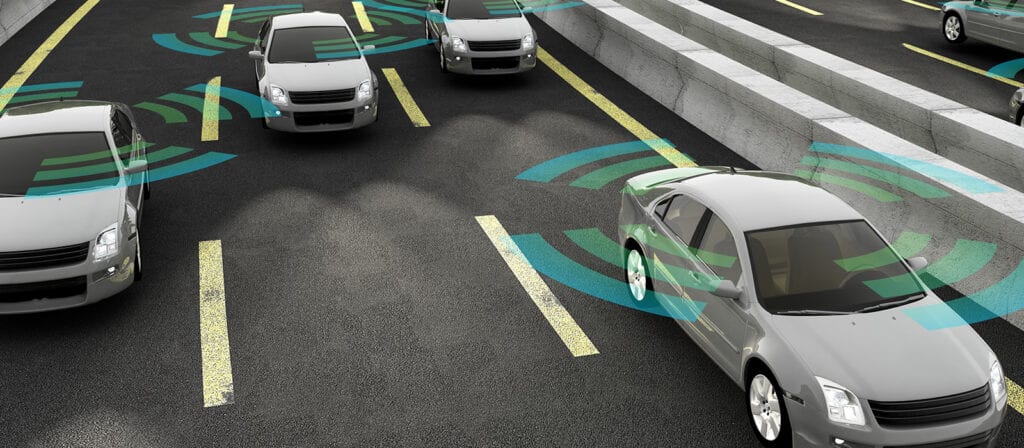Recent examples of Lithium-Ion battery incidents, including:
- Air and sea e.g. Facility Ace, Dreamliner
- Battery Energy Storage System (BESS) e.g. South Korea BESS fires, Arizona battery explosion
- Retail goods e.g. Samsung Galaxy Note, E-Cigarettes.
While these batteries are dangerous, they are still needed and used every day. Large batteries are needed for energy transition. Green power is more volatile than we are used to and so buffer systems are needed, such as energy storage systems. With the rise in energy prices, people are adding battery packs on top of PV installations and with this risk is increased.
Cells are nanotechnology and are sensitive to shock and vibrations. Battery fires and thermal runaway can be caused by electrical abuse, defects, mechanical abuse, self-heating ignition and thermal abuse. There is risk during manufacturing, warehousing, transport, daily life, BESS and recycling with warehouses being one of the most difficult to control as they can be mixed and chaotic. Battery Management Systems (BMS) are software and so can fail and be hacked, especially if they’re part of the internet of things.
Everyone in the supply chain responsible for building the battery could be liable, from the manufacturer of the battery to the importer of the product. In Europe, burning E-cars are classed as motor. In some cases the car insurers can make recourse to the products liability, though this also comes with its own problems e.g. recall. Fires in business can face employers liability claims as well as workers compensations and property claims.
To conclude, Lithium-Ion batteries are manageable and are needed, but the right steps must be taken to reduce the risks and we have to use the tools we already have such as informing consumers of the dangers and pushing for safer solutions. The CBI risk shouldn’t be underestimated, particularly in the automotive industry. On a more positive note, technology is advancing and there are prototypes with solid electrolytes which are less combustible and safer.





